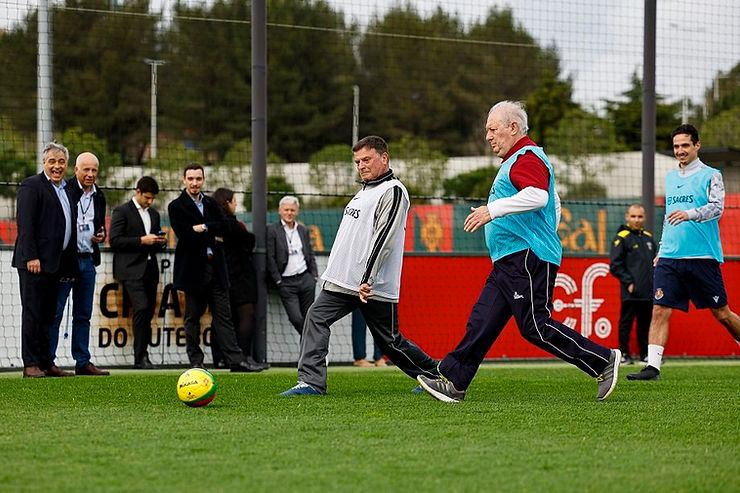By: Zerlina Tang
Gary Clark, a man who has a passionate love for soccer but is unable to play because of his injuries, is participating a new concept of soccer: Walking Soccer. Although the game used to be shamed at and was a laughingstock, it is now a global phenomenon with many players.
Clark had a knee replacement surgery and was told not to play because of his injuries, which include a tear on his other knee’s cartilage, he knew that he would be distancing himself from soccer. “There was a sense of loss at not being able to go out and partake in my passion. And I knew that if I tried, I would injure myself again,” said Clark, who is currently 68 years old. However, he found a unique solution to his injuries: Walking Soccer.
Soccer is a very physical demanding sport, while walking soccer is more laid-back. Walking soccer is played on a smaller field (55 to 65 yards long, and 35 to 45 yards wide) and with six people on a team but not 11 like the original game. Players can’t run or jog whatsoever in this game, and one foot must be on the ground at all times. Tackling is only allowed with no contact; all free kicks must be indirect; and the ball can never go over head height.
Walking soccer is shown to bring many benefits. Most studies on walking soccer have small sample sizes, but a 2020 review of research on the sport determined that it may have health benefits and help build social connections. A 2015 study found that 12 weeks of walking soccer, in the form of a weekly two-hour training session, significantly reduced body mass and percentage body fat in 10 older men. Participants, with an average age of 66, had various conditions, including hypertension, knee osteoarthritis and Type 2 diabetes. The researchers concluded that walking soccer is safe and effective as a public health intervention for not only healthy individuals but also those with various exercise-limiting medical conditions.
Walking soccer is still attracting many soccer fans to this day, and has become one of the top-tier sports for injured people.











